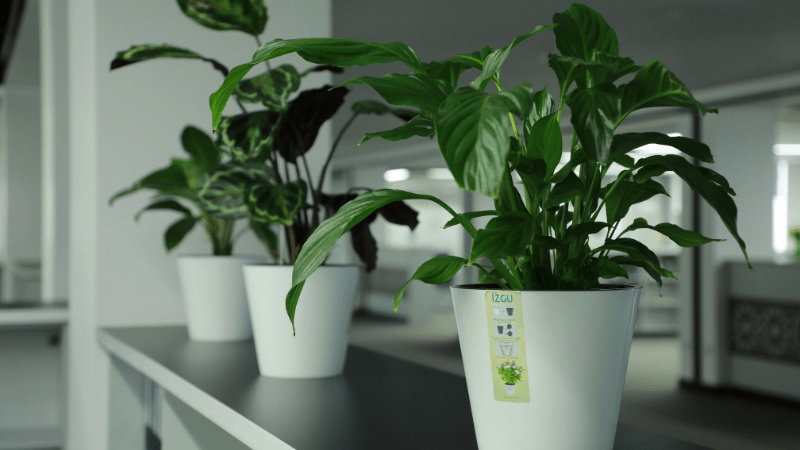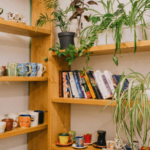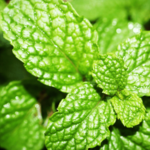Best Indoor Plants for beginners
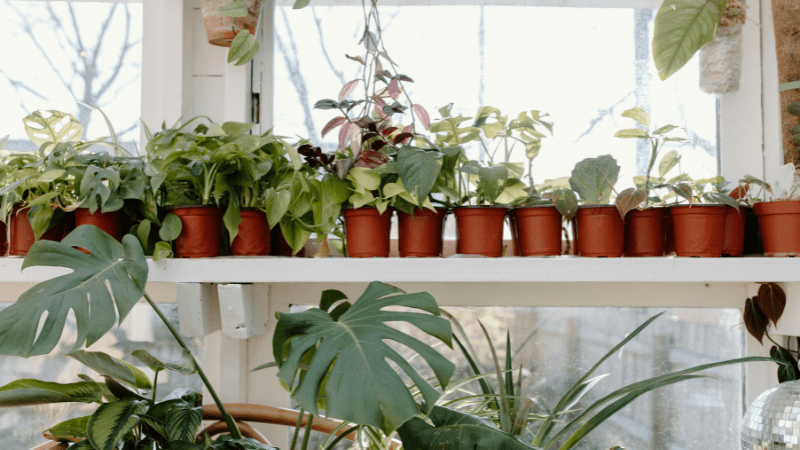
Adding indoor plants to your space can transform your home into a lush, vibrant environment and they are very easy to care for in such environment,. However, if you are new to plant care, the idea of keeping plants alive can seem daunting. Not to worry—many indoor plants require minimal effort to thrive, making them ideal for beginners. This article will introduce you to five indoor plants that will help you build your confidence as a plant parent.
Benefits of indoor plants:
Before diving into the list of easy-care plants, let’s consider why indoor plants are worth the effort. Not only do they brighten up a room, but plants also improve air quality by filtering out toxins, increasing humidity, and can even reduce stress. Studies show that being around plants can improve your mood, boost creativity, and promote a sense of calm.
Why Choose Low-Maintenance Plants?
As a beginner, it’s important to start with plants that are forgiving of neglect. The goal is to gain confidence without worrying about your plant dying because you missed a watering session or didn’t provide enough light. Low-maintenance plants are flexible, adaptable, and can tolerate a variety of indoor conditions, making them perfect for those new to plant care.
Understanding what is easy in plant care.
Watering requirements
Easy-care plants are usually drought-tolerant, meaning they can go long periods without water. These plants can often thrive even if you forget to water them occasionally.
Lighting requirements
Many beginner-friendly plants can tolerate low to moderate light conditions, so you don’t have to worry about keeping them in direct sunlight all day.
Resilience to neglect
The plants on this list are forgiving if you miss a few care routines. They won’t die quickly from slight neglect or environmental changes, making them ideal for beginners
1: Pothos Plant (Epipremnum aureum)

Overview of Pothos:
Devil’s ivy, or pothos, is one of the best-liked houseplants for novices. Its trailing vines and heart-shaped leaves make it a versatile choice for hanging baskets or shelves. This plant is known for its hardiness and ability to thrive in various conditions and it is easy to care for indoor plants.
Light and Watering Requirements
Pothos can tolerate low light but thrive in bright, indirect light. It doesn’t need frequent watering—just let the soil dry out between watering sessions.
Because of this, it’s a great option for people who often forget about their plants.
Common Problems and Solutions
The most common issue with Pothos is overwatering, which can lead to root rot. If you notice yellowing leaves, it might be a sign that you’re giving it too much water.
Why It’s Great for Beginners
Pothos is incredibly forgiving. You can take it easy to care for by snipping a piece of vine and placing it in water, where it will sprout new roots. Even if you’re neglectful, Pothos will continue to thrive.
2: Monstera Deliciosa Plant
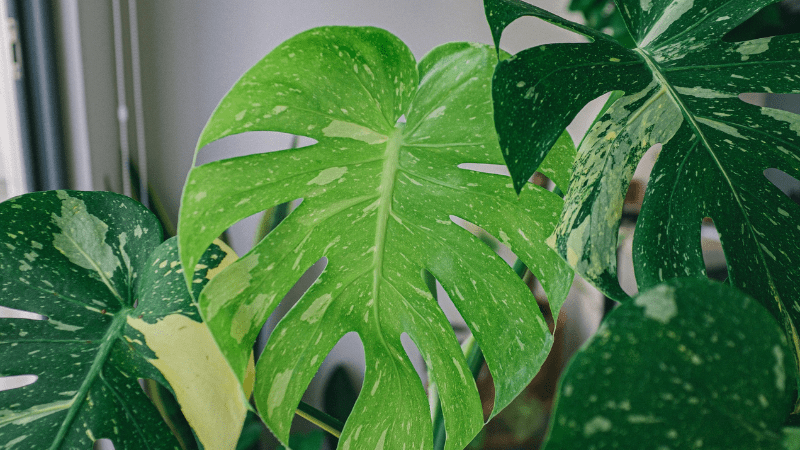
Overview of Monstera
Monstera Deliciosa, also known as the Swiss Cheese Plant due to its large, holey leaves, is a trendy plant with an exotic look. It’s great for adding a statement piece to any room and it is easy to care for Plantation as well.
Ideal Growing: Conditions Monstera prefers bright, indirect sunlight but can tolerate low light for short periods. It enjoys humidity, so it’s perfect for kitchens or bathrooms.
How to Care for a Monstera Deliciosa:
Watering monstera is necessary when the top inch of soil is dry. Ensure you have a well-draining pot, as Monstera roots can rot in waterlogged soil, You should be very calm and easy to care for this plant.
Common Issues with Monstera and How to Solve Them
One common issue is yellow leaves, which usually indicate overwatering. Browning leaves could mean it’s getting too much direct sunlight. Adjust watering and light conditions according to the situation.
3: ZZ Plant (Zamioculcas zamiifolia)
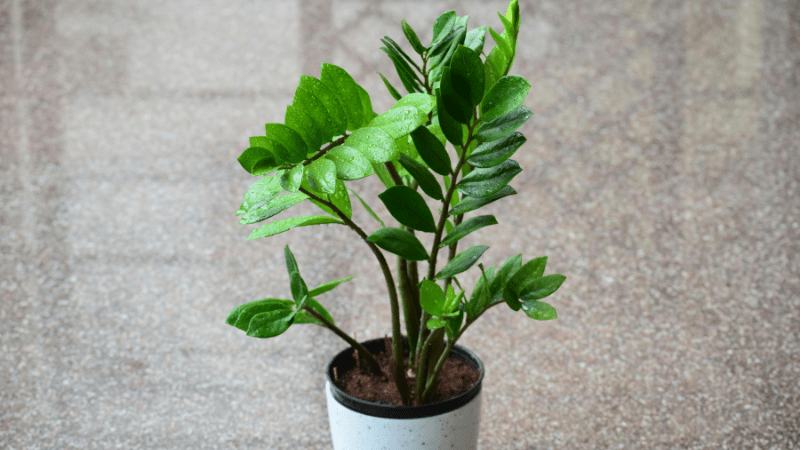
What is a ZZ Plant?
The ZZ plant is practically indestructible, making it a favorite among busy individuals or those new to plant care. Its thick, waxy leaves can store water, so it can survive long periods without hydration, and it is very easy to care for.
Why the ZZ Plant is Practically Indestructible, ZZ plants don’t need much irrigation and may survive in low light. You can place it in a dim corner, and it will still grow happily. It’s tolerant of neglect and resistant to pests.
Light, Watering, and Soil Needs
The ZZ plant does best in indirect light but can handle low light. Watering once every two to three weeks is sufficient, as it can store water in its stems, it is very easy to care for if you are balancing all the sizes.
Common mistakes to avoid
Overwatering is the most common mistake with a ZZ plant. Before rewetting, the soil should always be allowed to dry out entirely.
4: Chinese Evergreen Plant (Aglaonema)
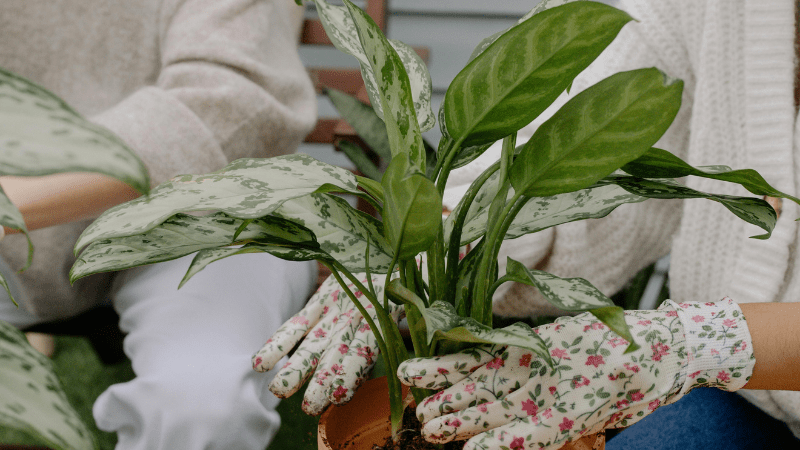
Introduction to Chinese Evergreen
Chinese Evergreen is another great plant for beginners, known for its beautifully variegated leaves. It is adaptable and can thrive in both low and bright light, Chinese Evergreen is one of the easy to care for as far as this impact makes a beautiful addition to Indoor plants.
How to Help Chinese Evergreens Flourish
This plant prefers well-drained soil and moderate watering. It doesn’t require a lot of light and tolerates low humidity, making it suitable for almost any room in your home.
Pest control and care tips
Chinese evergreens can occasionally attract pests such as spider mites or aphids. To keep the leaves clean and free of insects, wipe them with a damp cloth.
Different species of Aglaonema
There are many varieties of Chinese Evergreen, with leaf colors ranging from dark green to silver and even red, providing a wide range of options for decorating your home.
5: English Ivy Plant (Hedera helix)

What you need to know about English ivy.
English ivy is a classic indoor plant that can be grown in hanging baskets or trained to climb trees. Its small, pointed leaves make it a great choice for adding a touch of nature indoors, and it is easy to care for.
Optimum Light Conditions for English Ivy
English Ivy can take some shade, but it loves sunny, indirect light, It’s a great choice for hanging in a window or on a high shelf where its vines can droop down.
Watering Tips for English Ivy
Ivy likes to be kept slightly moist, so be sure to water it whenever the top inch of soil feels dry. However, avoid overwatering the soil to prevent root rot.
Harvesting and training of vines
English ivy is easy to prune, and you can control its shape by trimming back the vines. It also promotes full growth, ensuring your plant stays lush and healthy.
How to Choose the Right Pot for Your Indoor Plants
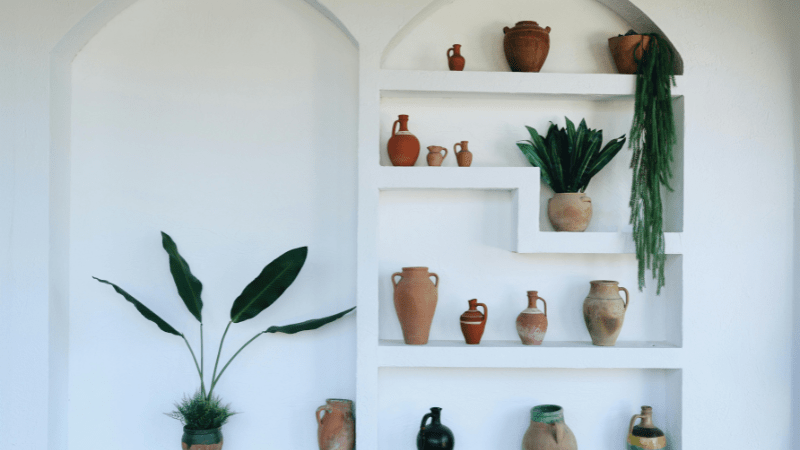
Choosing the right pot for your indoor plants is just as important as choosing the plants themselves. The pot plays an important role in the health of your plant by providing a supportive environment for the roots and ensuring proper drainage.
Importance of drainage
One of the most important features to look for in a pot is proper drainage. Pots with drainage holes in the bottom allow excess water to drain out, preventing root rot. Without drainage, water can collect at the bottom of the pot, allowing the roots to sit in water for long periods, which can be fatal for most plants.
Choosing the right size
The size of the pot also matters. A pot that is too small can stunt the plant’s growth because the roots won’t have enough room to spread. On the other hand, a pot that is too large can hold too much water, which can also lead to root rot. It is a good rule of thumb to choose a pot that is 1-2 inches larger in diameter than the plant’s current container.
Excellent material for plant pots:
Pots come in different materials, such as ceramic, terracotta, plastic, and metal. Each material has its advantages. For example, terracotta pots are porous and allow the soil to dry out quickly, which is great for plants like succulents. On the other hand, plastic pots retain moisture longer, making them ideal for plants that prefer consistently moist soil. Choose the material based on your plant’s water needs.
Common indoor plant care mistakes beginners make:
Indoor plants are easy to care for, when you’re new to plant care, it’s easy to make mistakes, but learning from them is part of the process. Here are some common problems beginners face and how to avoid them.
Perhaps the most common mistake is overwatering. Many people think that more water means more growth, but too much water can drown your plant’s roots. Always check the top inch of soil before watering, and make sure your pot has adequate drainage.
Lack of light
Light is just as important to plants as water, yet it’s easy to estimate how much light a plant needs. Although most starter plants can tolerate low light, keeping them in a deep, dark corner will lead to weak, leggy growth. Try to place your plants near a window where they can get bright, indirect sunlight.
Ignoring dust leaves
Over time, dust can build up on your plant’s leaves, inhibiting their ability to photosynthesize. Use a damp cloth to gently wipe the leaves every few weeks. Clean leaves help your plant breathe better and look healthier.
How Indoor Plants Improve Air Quality
Indoor plants aren’t just aesthetically pleasing; They can also help clean the air in your home. NASA’s Clean Air Study famously highlighted how certain plants can remove toxins from the air, such as formaldehyde, benzene, and ammonia, and one more thing that makes indoor plants very beautiful is that they are very easy to care for.
The Science Behind Air Purification
Plants filter toxins from the air through their leaves, drawing in pollutants and releasing clean oxygen in return. Roots and soil also play a role in breaking down harmful substances. This process improves indoor air quality, which is especially beneficial for people living in urban areas or homes with poor ventilation.
Best plants to improve air quality:
Some of the best air-purifying plants include English ivy, pothos, and the ZZ plant, all of which are on our list. These plants are known to remove pollutants like formaldehyde, xylene, and benzene, making them a great choice if you want clean indoor air.
The role of these five plants in improving air quality
Each of the five plants mentioned—pothos, monstera, ZZ plant, Chinese evergreen, and English ivy—has air-purifying properties. These plants can absorb harmful chemicals, making it easier for you to breathe. By strategically placing these plants around your home, you can improve your indoor air quality while adding to the beauty of your space. They are very easy to care for, and they are very helpful for a clean and green environment.
The result
Indoor plants offer a wonderful way to bring a piece of nature into your home, and as a beginner, it’s important to start with plants that are easy to care for. Pothos, Monstera delisosa, ZZ plant, Chinese evergreen, and English ivy are great choices for newcomers to the world of indoor gardening.
These plants are forgiving, low-maintenance, and hardy, making them perfect for building your confidence as a plant parent.
With a little attention to lighting, water, and pot selection, these plants will thrive and grow, adding greenery to your home while purifying the air If you make a few mistakes along the way, don’t stress.
The watering schedule depends on the plant, but most early plants like pothos and ZZ plants prefer to dry out between waterings. A good rule of thumb is when the top inch of soil feels dry. Can indoor plants survive in low light?
Yes, many early plants, such as pothos, ZZ plants, and Chinese evergreens, can tolerate low-light conditions. However, they will grow better with some indirect sunlight. How can I tell if my plant is getting too much water?
Overwatering is frequently indicated by yellowing of the leaves. If the soil feels wet to the touch and your plant’s leaves are turning yellow or falling off, you may need to water less.
What should I do if my plant’s leaves are turning yellow?
Yellow leaves can be a result of overwatering, waterlogging, or insufficient light. Check the moisture level in the soil and make sure your plant is getting the right amount of light. Cut off yellow leaves to encourage healthy new growth.
Are these plants safe for pets?
While some of these plants, such as pothos and monstera, are toxic to pets if ingested, others, such as the ZZ plant, are considered non-toxic. It’s always a good idea to research the toxicity of each plant or keep them out of reach of curious pets.
Fertilizing Your Indoor Plants
In addition to adequate water and light, indoor plants occasionally need nutrients to thrive. Fertilizing your plants helps replenish essential nutrients that are absorbed by the roots over time. For beginners, it is best to choose a balanced liquid fertilizer and apply it monthly during the growing season (spring and summer). Be careful not to over-fertilize, as this can cause salts to build up in the soil, potentially harming the plant, fertilizing is very easy to care for; it doesn’t take much time.
Repotting: When and How to Do It:
As your plants grow, their roots will eventually outgrow their containers, causing stunted growth or a root-bound condition. A good sign that it’s time to repot is when the roots start to poke out of the drainage holes. Choose a pot that is slightly larger than the current one, and be sure to use fresh, well-draining soil. Gently loosen the plant from its old pot, shake off excess soil, and place it in the new pot. This process promotes healthy growth and prevents the plant from becoming root-bound.
The joy of propagating indoor plants is always fascinating to see growing a new plant and is easy to care for. They do not need much of our time and energy.
One of the most rewarding aspects of indoor gardening is growing plants. Many early plants, such as pothos and monstera, can be propagated simply by cutting a stem and placing it in water or soil. It allows you to grow new plants for free and share them with friends or easily expand your indoor garden.
This extension touches on important topics like fertilizing, repotting, and propagation, helping to round out your guide for beginner plant enthusiasts
Indoor plants are very easy to care for; they are beneficial for health and housing, and indoor plants make our environment beautiful.
This guide will help you start your indoor gardening journey with confidence! Happy planting!
